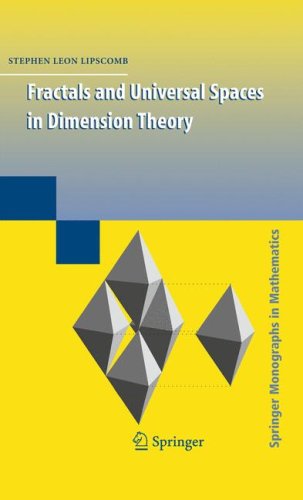

Most ebook files are in PDF format, so you can easily read them using various software such as Foxit Reader or directly on the Google Chrome browser.
Some ebook files are released by publishers in other formats such as .awz, .mobi, .epub, .fb2, etc. You may need to install specific software to read these formats on mobile/PC, such as Calibre.
Please read the tutorial at this link: https://ebookbell.com/faq
We offer FREE conversion to the popular formats you request; however, this may take some time. Therefore, right after payment, please email us, and we will try to provide the service as quickly as possible.
For some exceptional file formats or broken links (if any), please refrain from opening any disputes. Instead, email us first, and we will try to assist within a maximum of 6 hours.
EbookBell Team

0.0
0 reviewsFor metric spaces the quest for universal spaces in dimension theory spanned approximately a century of mathematical research. The history breaks naturally into two periods — the classical (separable metric) and the modern (not necessarily separable metric). While the classical theory is now well documented in several books, this is the first book to unify the modern theory (1960 – 2007). Like the classical theory, the modern theory fundamentally involves the unit interval.
By the 1970s, the author of this monograph generalized Cantor’s 1883 construction (identify adjacent-endpoints in Cantor’s set) of the unit interval, obtaining — for any given weight — a one-dimensional metric space that contains rationals and irrationals as counterparts to those in the unit interval.
Following the development of fractal geometry during the 1980s, these new spaces turned out to be the first examples of attractors of infinite iterated function systems — “generalized fractals.” The use of graphics to illustrate the fractal view of these spaces is a unique feature of this monograph. In addition, this book provides historical context for related research that includes imbedding theorems, graph theory, and closed imbeddings.
This monograph will be useful to topologists, to mathematicians working in fractal geometry, and to historians of mathematics. It can also serve as a text for graduate seminars or self-study — the interested reader will find many relevant open problems that will motivate further research into these topics.